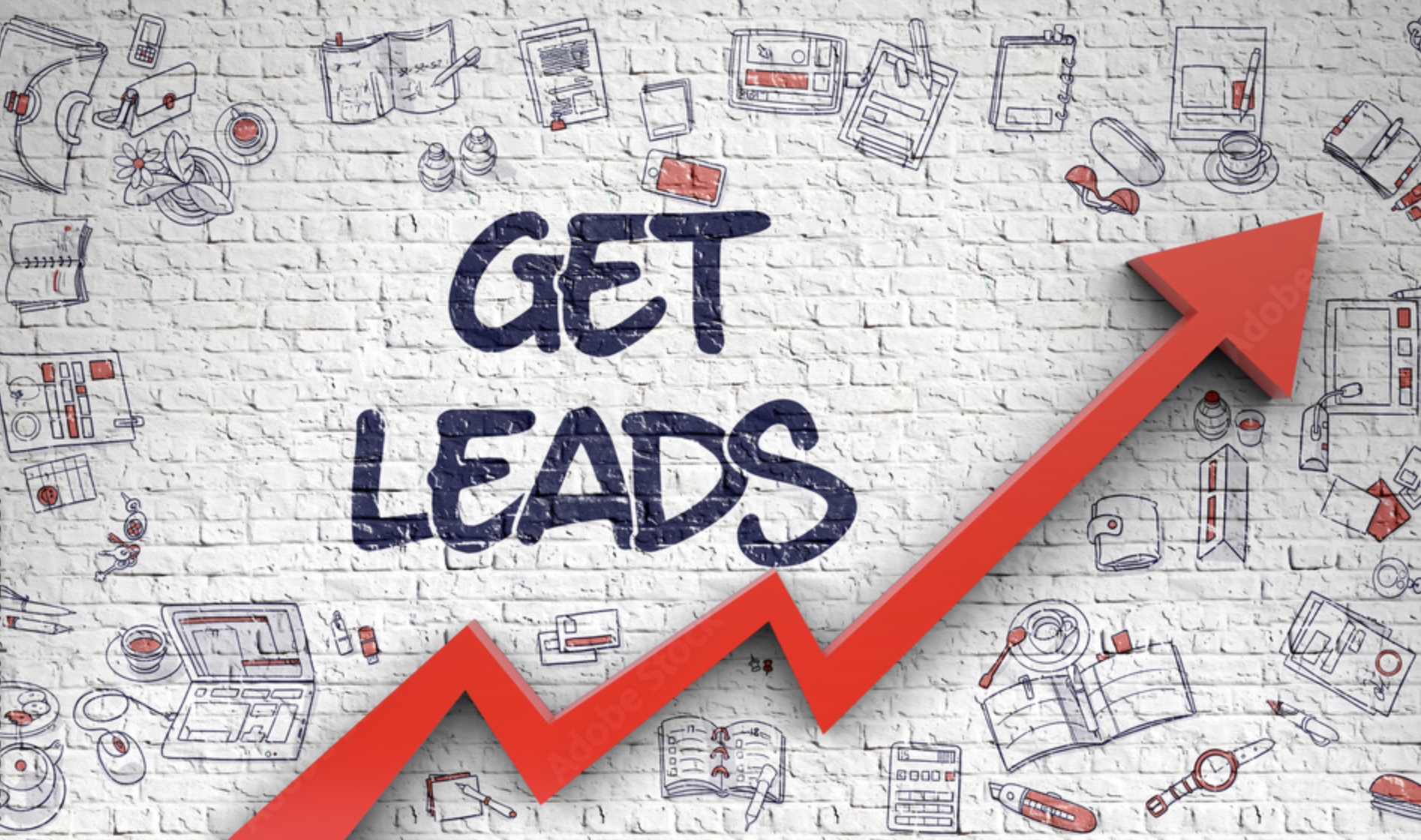


In today's fast-paced digital landscape, publishers are constantly on the lookout for innovative strategies to maximize their revenue streams. Among the myriad of options available, sponsored lead generation stands out as a prime choice. Why? Because it provides a robust mechanism for publishers to deliver qualified and known leads to advertisers, ultimately enhancing their ROI. In this blog post, we will delve into the reasons why sponsored lead generation is an unbeatable strategy and explore the tools that can supercharge your lead capture process. We will also shed light on how to price a cost-per-lead campaign efficiently to ensure maximum profitability.
Sponsored lead generation is a marketing strategy where advertisers pay to tap into a publisher's audience and collect information about potential customers. These leads are "known" because the method allows advertisers to collect specific information about the lead, such as their name, email address, and other key demographics.
The reason sponsored lead generation is so powerful lies in its ability to provide "qualified" leads. By leveraging the publisher's audience, advertisers can target people who are already interested in their product or service. This means that the leads generated are more likely to convert into customers, providing a higher return on investment for advertisers.
As a publisher, your goal is not only to attract advertisers but also to provide them with high-quality leads. To do this effectively, you'll need the right tools.
1. Lead Capture Forms: These are forms placed on your website, within your content, or on dedicated landing pages. They're designed to capture the visitor's information in exchange for something of value, such as a free e-book, a discount code, or access to exclusive content.
2. Email Marketing Tools: Once you've captured a lead, you need to nurture them. Email marketing tools allow you to send personalized messages to your leads, providing them with valuable information and keeping your brand top of mind.
3. Customer Relationship Management (CRM) Systems: A CRM system enables you to manage your leads effectively. You can track interactions with leads, schedule follow-ups, and analyze the effectiveness of your lead generation efforts.
Pricing a cost-per-lead campaign can be tricky. You need to strike a balance between making the campaign profitable for you and providing value for the advertiser. Here are a few tips:
1. Understand Your Audience: The more valuable your audience is to an advertiser, the more you can charge. Therefore, understanding your audience's demographics, interests, and buying habits is crucial.
2. Calculate Your Costs: Consider all the costs associated with generating a lead, including content creation, advertising, and the technology used to capture and manage leads.
3. Consider the Industry Standard: Look at the average cost-per-lead in your industry and use it as a benchmark. However, remember that this number should be a guide, not a rule.
Sponsored lead generation offers publishers a unique opportunity to monetize their audience while providing advertisers with highly qualified leads. By understanding the benefits, utilizing the right tools, and pricing campaigns correctly, you can unlock a powerful revenue stream for your publishing business.